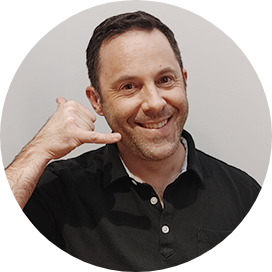The term, “workforce planning” has been around for a long time. The majority of HR leaders and practitioners have experienced some form of workforce planning during their careers, but there still appears to be significant inconsistency in its application. To many, its definition is simply, “budgeting headcount for the future; people and money”. While that is true, there’s much more to it. Leading HRIS Hibob defines workforce planning as, “a way of assessing your organization’s current and future needs and creating a strategy for the people you require to serve those needs”. This is much more comprehensive and strategic—much better.
Learn how to implement employee well-being into your total rewards with our free guide.
Many people reading this definition are probably nodding their heads in agreement but also asking themselves, “How on earth do I do this”? One of our flagship initiatives at ScaleHR is HR Leaders Collective where we bring together a group of 20-40+ HR leaders and practitioners in the tech industry to put our collective minds together to tackle a single problem that is top-of-mind. We ran a Collective in Vancouver last year on “How might we adapt our workforce planning to a highly volatile and uncertain business environment”? It was really interesting to hear the different perspectives from HR leaders in the tech industry on workforce planning. Notably, it was interesting to see the reactions from the group when we presented our model for workforce planning. The immediate reaction was that the visual depiction of the model below was really easy to understand and apply. This is great, but below, are the top 5 ideas that came out of our collaboration workshop.
- HR Needs to Be More Data-Centric—there was a general realization that workforce planning is not a point-in-time activity. It requires the ongoing collection and analysis of people-related data; skills (present and future requirements), compensation, hiring, and talent supply versus demand. This is where a powerful HRIS (e.g. Hibob) and linkage to internal data analytics capabilities demonstrate its true value.
- HR and Finance Need to Be Tied at the Hip—this is a joint effort between HR and Finance, every step of the way. Of course, each function will have its own responsibilities and tasks but it’s critical that the financial data is always overlapping with the people data—i.e. Present and future needs. Sharing information, and collaborating with one another will maximize cooperation and buy-in for strategic decision-making.
- Things Will Always Change and That’s Perfectly Okay—the notion that it’s too difficult to plan today for what is going to happen tomorrow is real and accurate. So, many leaders expressed this fact and said, “Well, if this is true, why bother investing the time and effort in planning if everything is going to change”? YES, it’s an absolute certainty that things WILL change. Rapid change is constantly happening, but to ensure HR is being strategic and can influence critical decisions, it needs high-quality insight and analysis. It’s like building a house. You can’t build the roof before you build the foundation.
- Solving the Talent Gap Problem is Multifaceted—It was a general consensus that the answer to workforce planning is a combination of current employees’ skills development and acquiring new skills via the external market. The external market refers to hiring new employees, working with specialized contractors and consultants to do work and upskill current employees. It boils down to a combination of developing employee skills and acquiring them. No one tactic will solve this complex problem.
- Workforce Planning Helps Boost Employee Engagement—a discussion broke out about how interconnected these activities are. One of the key drivers of employee engagement is development opportunities. Theoretically, if an organization is dialed into workforce planning activities then it can more easily identify opportunities for employee development. This development connects employees to the future needs of the organization, all while boosting engagement by developing them. This is a win-win all around.
While evaluating budgets is very important to any organization, it’s only a small part of what workforce planning encompasses. HR has spent the past few decades arguing how it “needs to have a seat at the table”. Well, the best way to do that is to start being strategic about how it operates. These top 5 ideas are certainly a great way to start “being strategic”. It’s an interesting notion that business leaders need to see something in order to believe it. So, gone are the days when you can simply talk about something without the support of data, analysis and strategic thinking.










